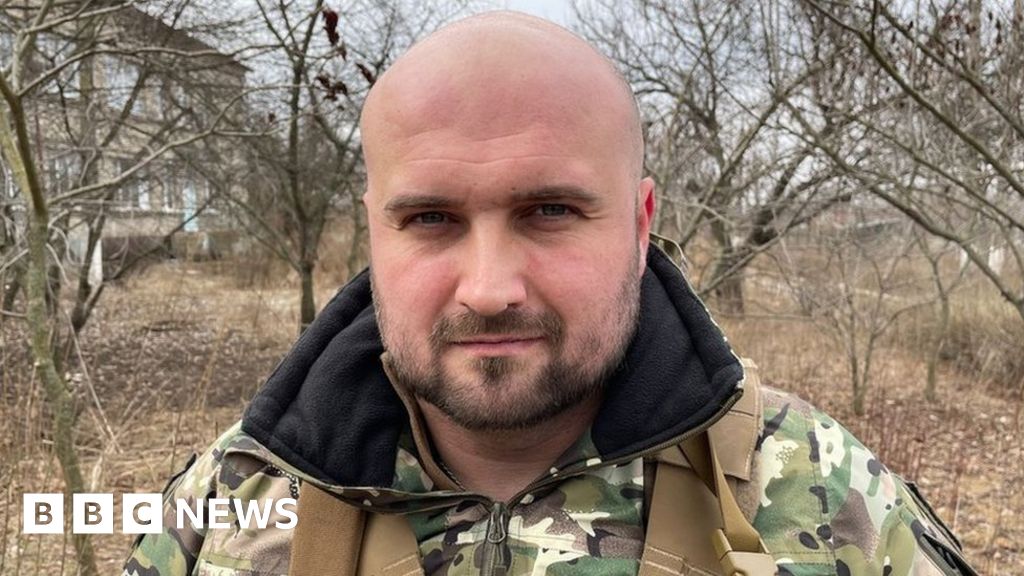Admiral Beez
Major
But the intake is over the fuselage. India must be kicking up a lot of dust for this to be relevant.Today I came across some experiences of Indian Air Force (InAF) with MiG-29 that suggest otherwise.
Perhaps the Indian MiG-29 does not have the intake bypass. I believe their naval ones do not.
Last edited:

